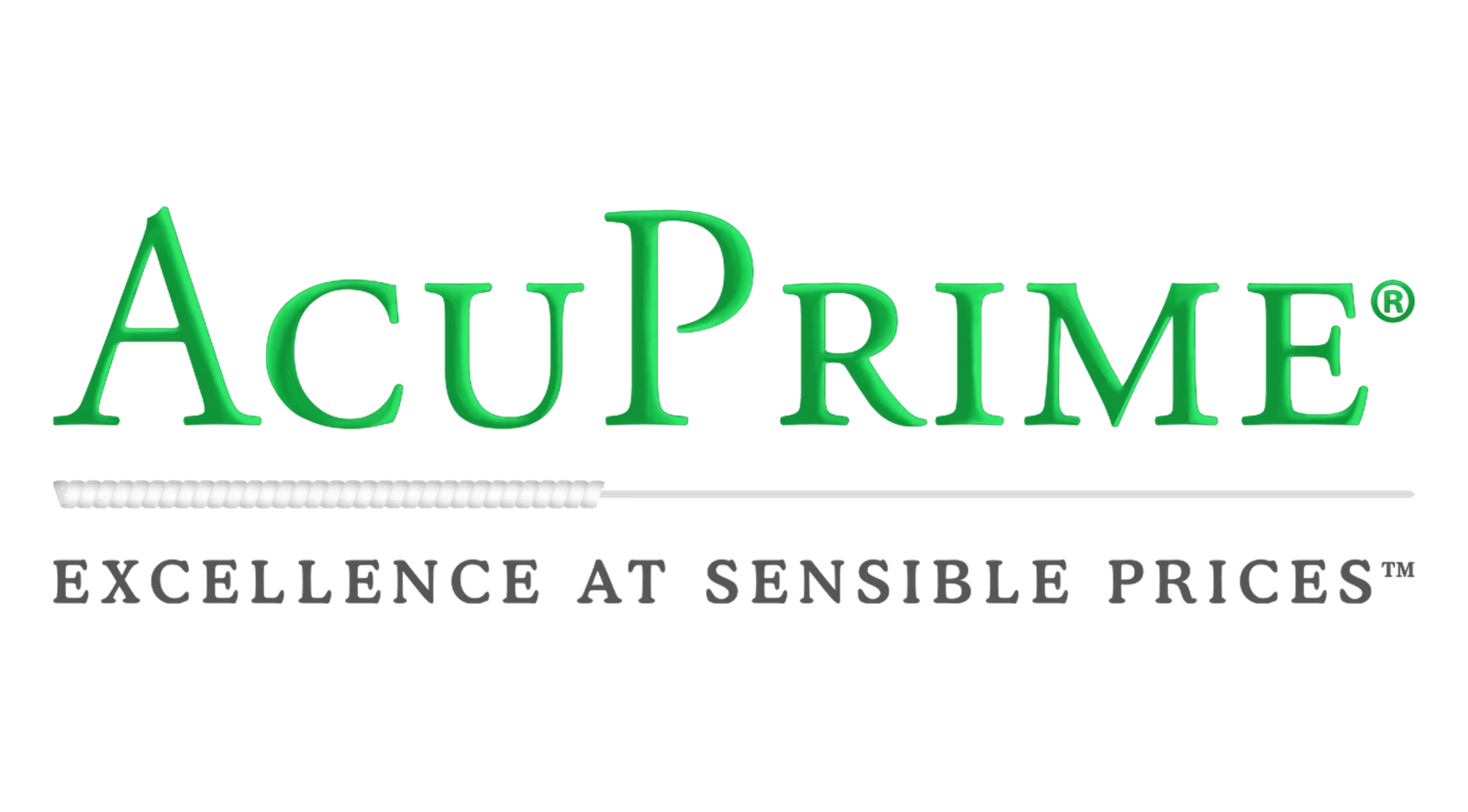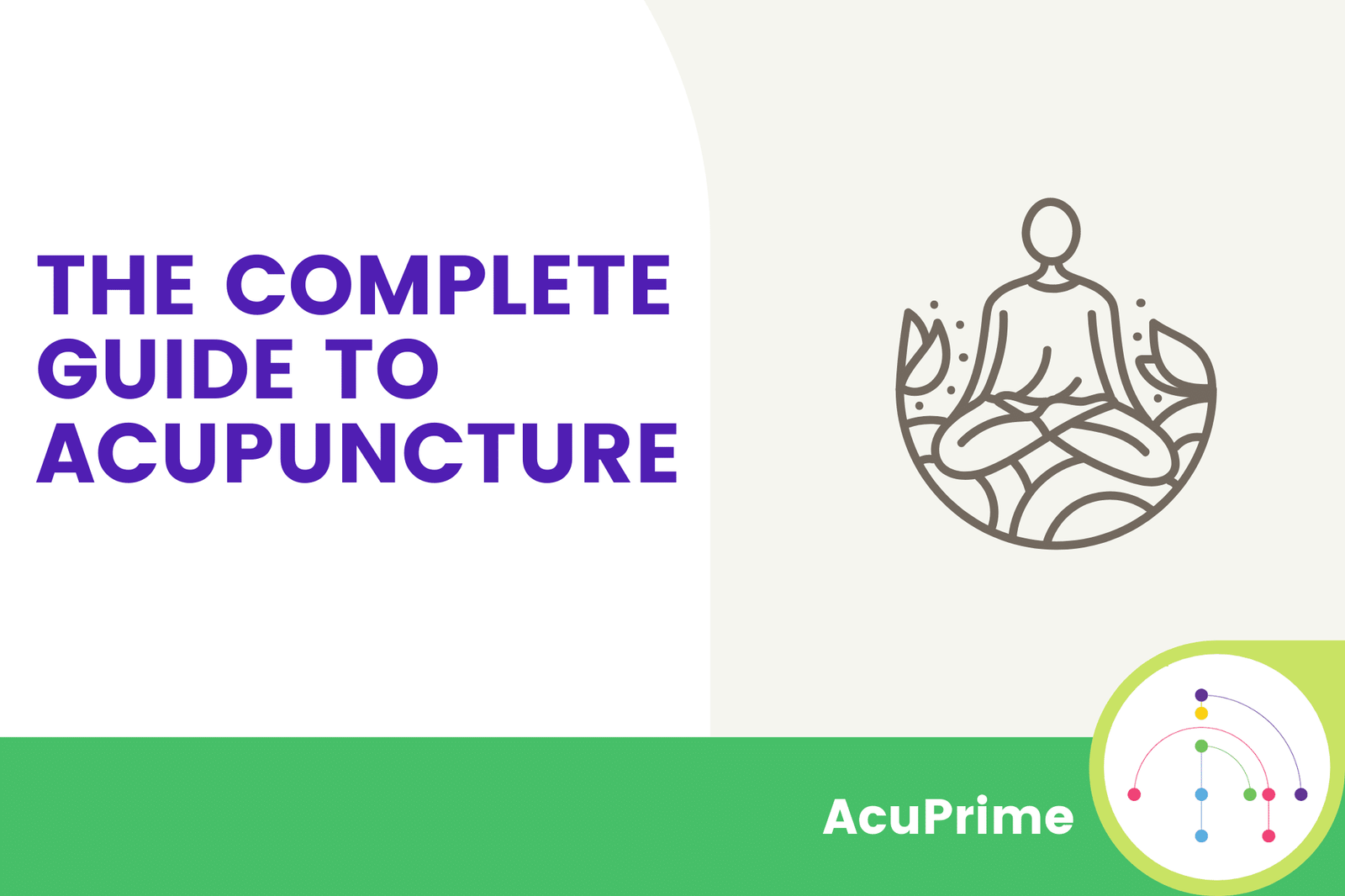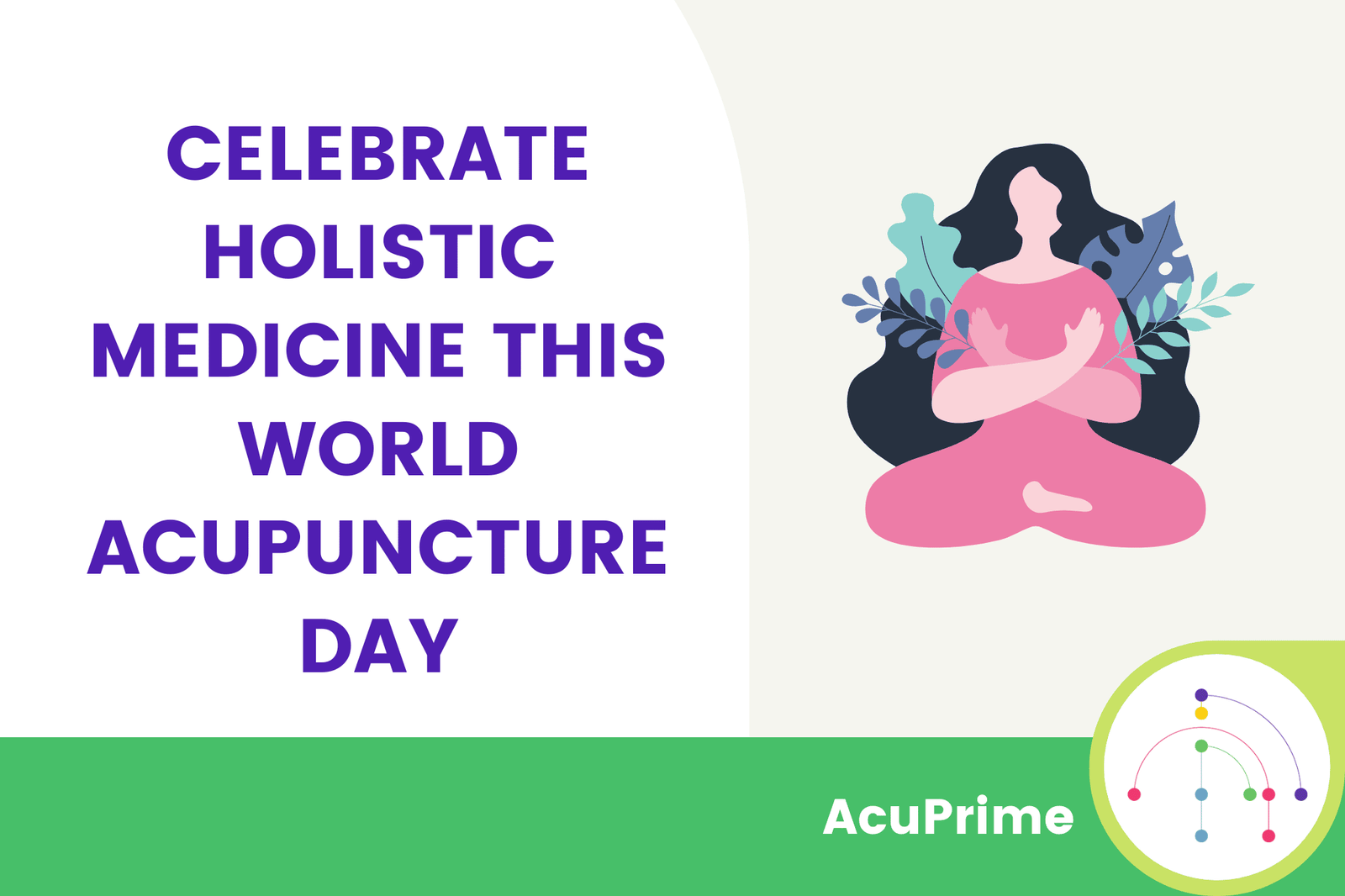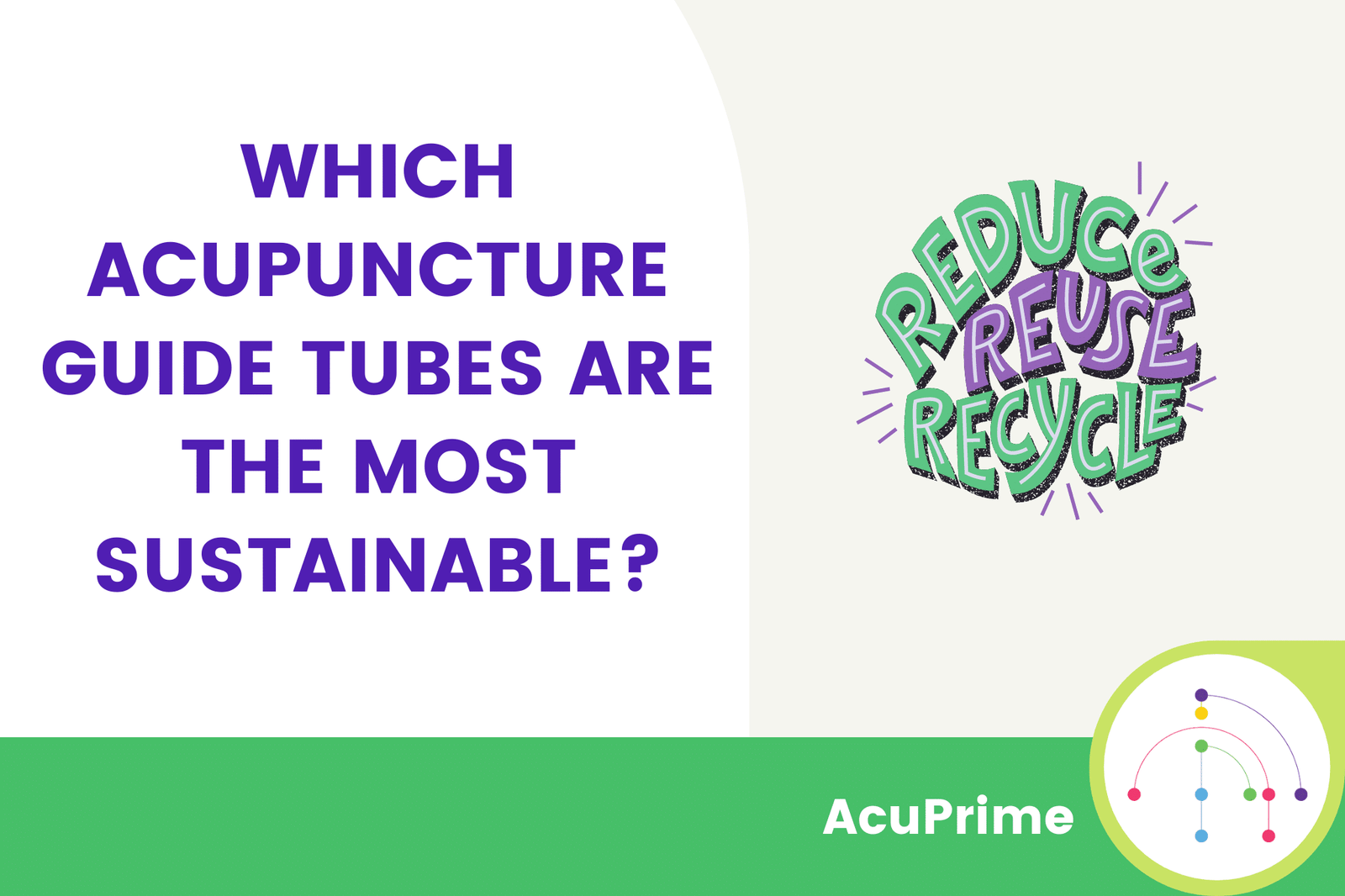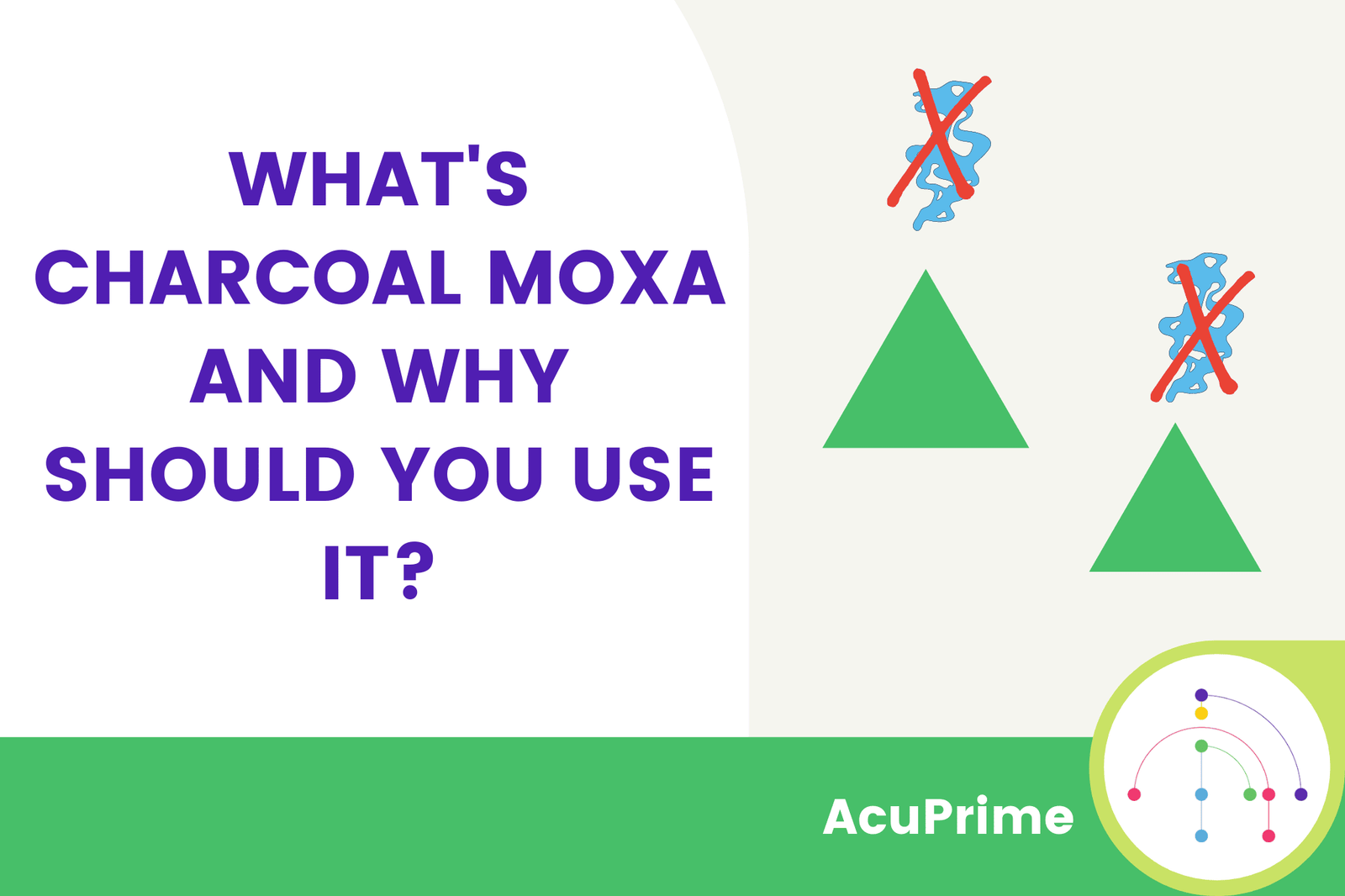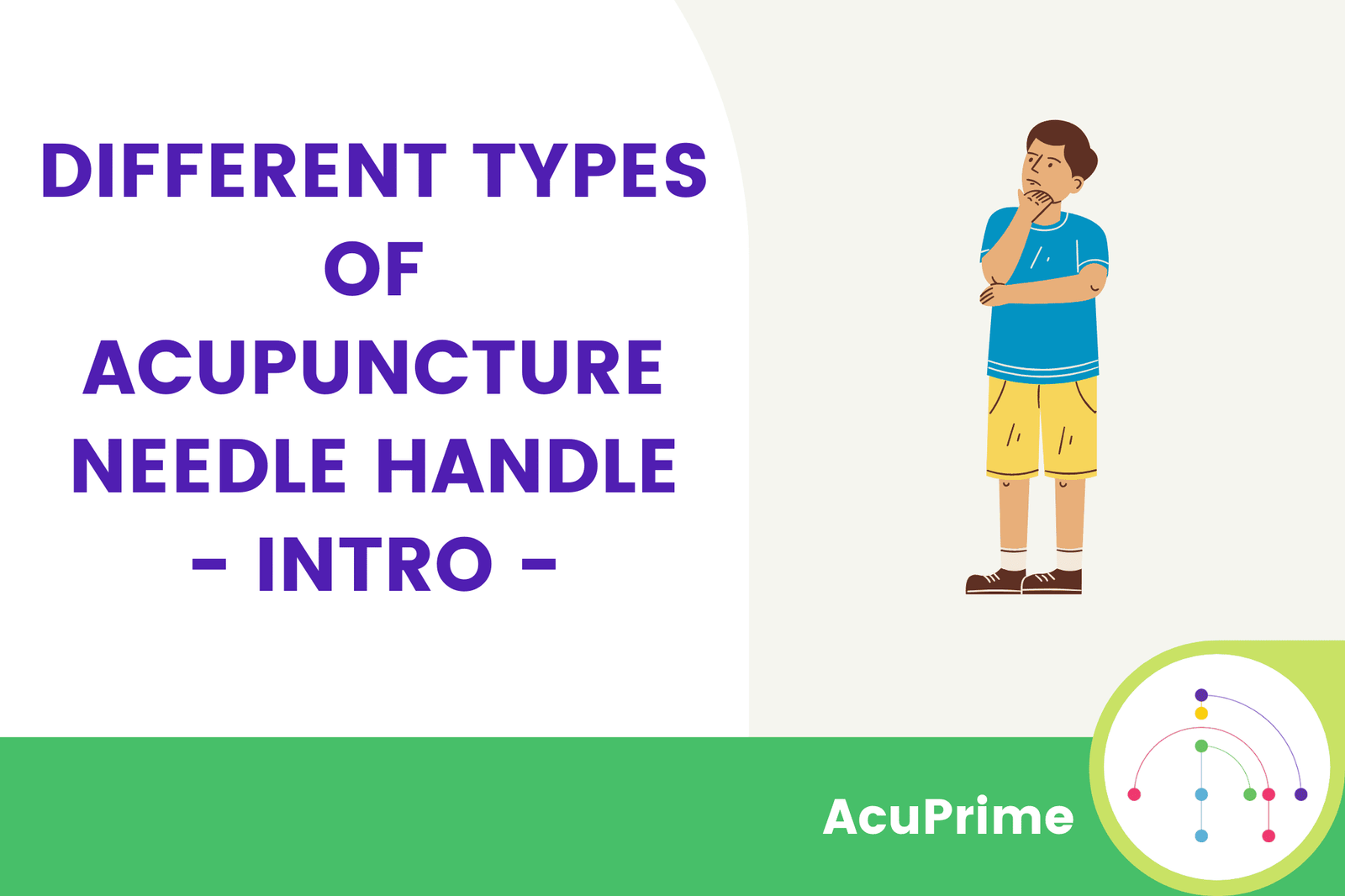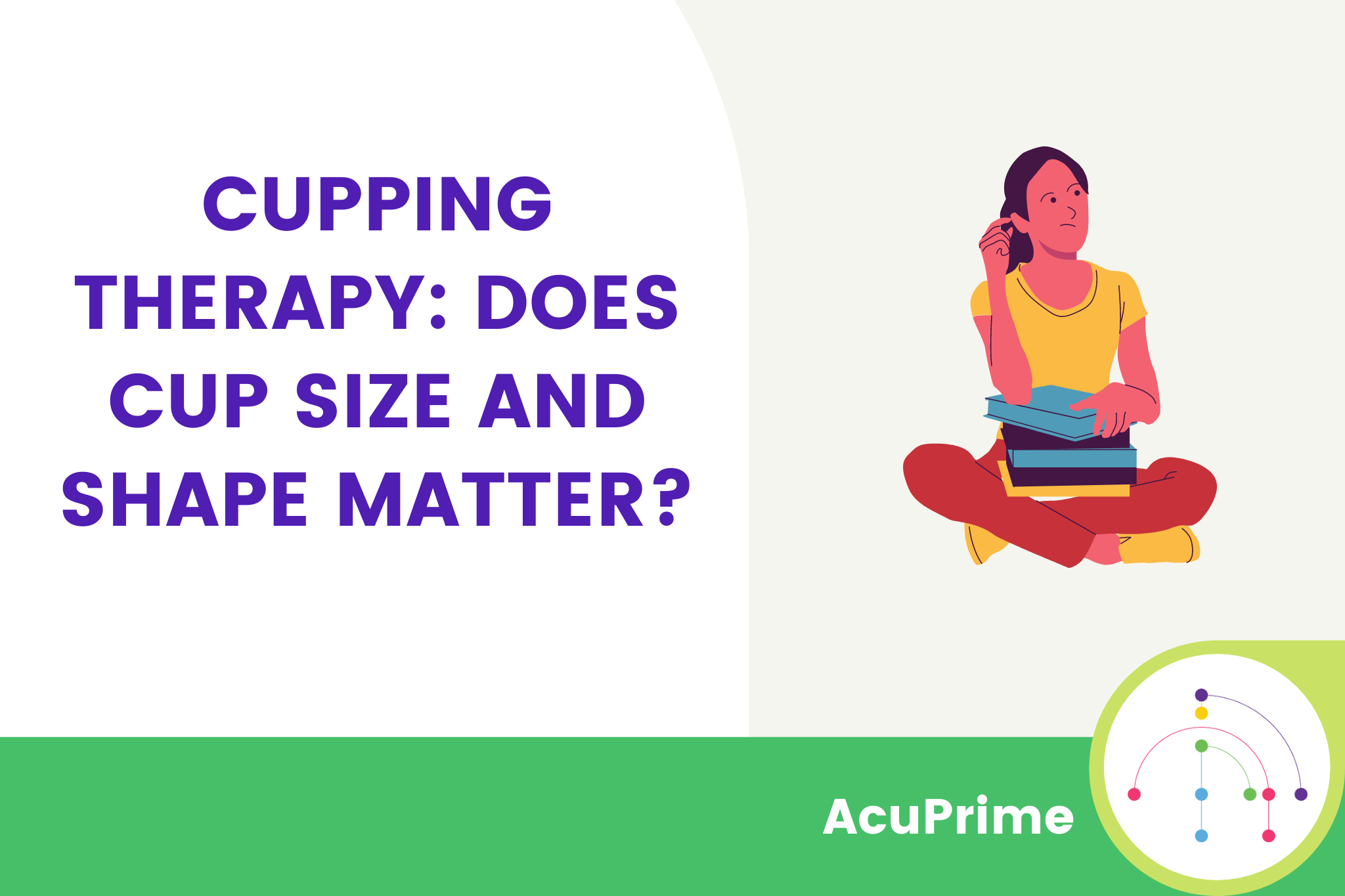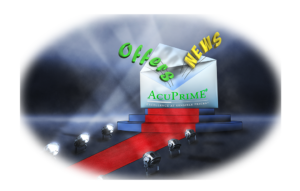Acupuncture is a form of complementary or alternative medicine derived from traditional Chinese medicine. It involves the insertion of thin needles into certain points of the body for pain relief, healing, faster recovery or prevention purposes.
In many countries, acupuncture is referred to as a pseudoscience, meaning that the theory and the procedures are not based on solid scientific knowledge, but on hundreds of years of tradition and results. In the United Kingdom, acupuncture is widely used in medical practice, being especially helpful in pain clinics and hospices.
The History of Acupuncture
In the same as every cultural and religious belief, acupuncture had its ups and downs through history. Starting from the early Chinese bronze age and all the way to the Westernisation of alternative medicine, the popularity of acupuncture as complementary medicine has heavily fluctuated. The cultural rivalry with Japan and the worldwide armed conflicts has put acupuncture numerous times on the edge of being forgotten.
The early times
Between 1523 BC and 1027 BC, the Chinese bronze age also known as Shang has actively contributed to the development of early technological progresses in Asian society. The notable events of these times are determined by the beliefs and proofs of medicine being developed separately from the religious environment.
Medicine as an institution
After the Shang era, the Zhou era followed, which was spread over the next couple of years, until 221 BC. This has mainly been defined by feudalism and the start of medicine, acupuncture included, being interpreted as a distinct activity, not any more related to demonology and mystic practises.
Medical literature arises
The era of Han and the era of Sui spread collectively from 206 BC until 617 resulted in the systematisation of medicine and reunification of the Six Dynasties. This meant that acupuncture’s clinical details were about to be spread throughout Asia and the Chinese influence to be slowly diluting.
Acupuncture at its peak
The best period of acupuncture throughout its history is by far the period of Tang when the Chinese medical ideas are absorbed, incorporated and personalised by the other Asian cultures. Being a period of wealth and intellectual richness, the Chinese aristocratic class picked up an interest into alchemical immortality that turns out to be the beginning of the acupuncture’s decline.
The Qi Paradigm
As the Chinese society still recovers from the period of government uncertainty and internal conflicts caused by the Five Dynasties, acupuncture and moxibustion are being incorporated into the Qi Paradigm. This ideology is what was later to be known as the origins of describing the Qi (Chi) energy as we know it today.
External influences
From 1264 until 1911, China has been exposed to several external influences, from both Mongols who were controlling parts of the country and from European who created the first independent medical college.
This period of international exposure had it’s benefits such as the spread of acupuncture and moxibustion on the other continents, but it also resulted in a huge decline of traditional medicine. The Chinese people start losing faith in traditions and nearly caused the perish of acupuncture.
Modern rebirth
The starting point of the revival of acupuncture in the West is defined by W. Coley in his writings about the uses on acupuncture in England in 1802. Years later, acupuncture starts to be in the spotlight of the medical community with the publication of two books by Berlioz in France and Bozetti in Italy.
Acupuncture for pain relief
Acupuncture as an alternative method for pain relief starts to be introduced in 1821 in England by J.M. Churchill who wrote about the use of acupuncture for rheumatology. After that more than 15 publications and books have been written about the benefits of easing pain, associated with rheumatic conditions. In 1871, acupuncture as a method for general pain relief, compared to only rheumatic pains, starts to be picked up by multiple authors and scientists.
Does acupuncture work?
Although the efficiency of acupuncture as an alternative medicine practice is still heavily debated, in 2003, World Health Organisation – Consultation on Acupuncture finally published a report based on over 255 trials. They concluded that acupuncture showed its efficiency “in adult postoperative and chemotherapy nausea and vomiting and in postoperative dental pain”. Simply put, this type of complementary medicine could be used as an alternative treatment to postoperative and chronic pain relief.
How does acupuncture work?
There are three ways this can be seen. Sceptics say that acupuncture works only because people believe it will, therefore resulting in a placebo effect.
On the other hand, scientific proof shows that inserting thin needles into certain spots cause the body to secrete endorphins that could boost the blood flow and stimulate brain activity and perception over pain.
The more traditionalist practitioners believe that acupuncture works because it releases the flow of “chi” by activating certain energy points along the 14 meridians or pathways. As you can see there are many differences of perception, but the main similarity between them is that acupuncture works. It doesn’t matter how, as long as it does.
How many times of acupuncture are widely available?
Electroacupuncture
This kind of acupuncture therapy uses low-frequency, high-intensity or high-frequency, low-intensity electrical current. The needles are connected to an electrostimulation machine that sends electrical signals to the acupoints and activates sensory receptors in the muscle tissues.
The impulse is then sent to:
Spinal cord – where the pain signals are being inhibited by releasing neurochemicals
Midbrain – where the exciting cells release serotonin and block the pain signals
Hypothalamus – that sends signals to release natural steroids to reduce inflammation
Traditional acupuncture
Compared to electropuncture, traditional acupuncture uses the same principles of finding acupoints on the 14 meridians and stimulating them without the use of electrical current.
What is chi/qi energy?
Qi or chi is one of the most basic concepts in the traditional Asian medicine and martial arts. It is commonly described as the vital force as it symbolises the ideas of heaven, life, nature and everything in between. The word itself is being translated and interpreted as “air”, “gas”, “material energy” and “living force”.
There are 5 main types of qi channels in the human body and each of them has a specific function.
Jing mai – 12 regular channels acting as acupoints and distribute Ying qi throughout the body;
Luo mai – 15 connecting channels that are alternatives to Jing mai;
Jing bie – 12 channels divergences that act as alternatives to Jing mai;
Jing jin – 12 channel sinews associated with body movement;
Qi jing mai – 8 extraordinary vessels that regulate Qi distribution in the body.
Does acupuncture hurt?
Acupuncture, in general, if applied correctly, doesn’t hurt. The needles are so thin that are almost imperceptible. Most patients only feel a dull aching sensation or a tingling when inserting a needle. This is happening when the point of the needle enters a muscle fibre or a nerve. The use of appropriate needles and the skill of the practitioner is what makes the difference.
What types of acupuncture needle are there?
Depending on the type of acupuncture therapy, there are mainly 6 types of needles being used:
Filiform needles
This is the standard kind of needles. They are usually made of surgical stainless steel and are sterilised with EO gas or gamma irradiation. The filiform needles are generally for a single use and come in different widths starting from 0.16mm.
Three-edged needle
This triangular body needle has a very sharp tip in the shape of a lance and it is commonly used for specific acupoints where the extraction of a few drops of blood it necessary.
Plum blossom needles
This type of acupuncture needles are also called seven star needles due to the group of seven filiform acupuncture needles that are arranged together. These are usually used along a meridian or a bigger acupoint.
Intradermal needles
These very thing, small needles are usually used for auricular acupuncture and are inserted in the first layer of the skin, somewhere between 1-3 mm.
Press needles
These needles are usually used when the treatment consist in inserting needles for one to 3 days for a continuous stimulation over a longer period.
Press seeds
The press seeds are not really considered needles, but they have the same functionality as the other needles. These usually are used for auricular acupuncture.
What kind of pains can be treated with acupuncture?
A wide range of pain, and other conditions, can be treated through acupuncture. Many of them are postoperative or chronic pains. Trials show that the following conditions and symptoms can be effectively treated with acupuncture:
Adverse reactions to radiotherapy and/or chemotherapy
Allergic rhinitis (including hay fever)
Biliary colic
Depression (including depressive neurosis and depression following stroke)
Dysentery, acute bacillary
Dysmenorrhoea, primary
Epigastralgia, acute (in peptic ulcer, acute and chronic gastritis, and gastrospasm)
Facial pain (including craniomandibular disorders)
Headache
Hypertension, essential
Hypotension, primary
Induction of labour
Knee pain
Leukopenia
Low back pain
Morning sickness
Nausea and vomiting
Neck pain
Pain in dentistry (including dental pain and temporomandibular dysfunction)
Periarthritis of shoulder
Postoperative pain
Renal colic
Rheumatoid arthritis
Sciatica
Sprain
Stroke
Tennis elbow
Are there any side effects?
Same as any other medical treatment, potential mild side effects can occur:
Fatigue after undergoing an acupuncture session;
Soreness where the needles has been inserted;
Bruising around the area where the needles has been inserted;
Light-headedness when making sudden moves after leaving the acupuncture office.
Are there any alternatives to acupuncture?
Acupressure
Compared to acupuncture, acupressure is a non-invasive form of stimulating the acupoints using hand, elbows and various massage devices.
Cupping therapy
This traditional Chinese medicine practice involves a local suction to be created on the skin. It is believed it mobilises the blood flow to the targeted area, thus stimulating the healing process.
